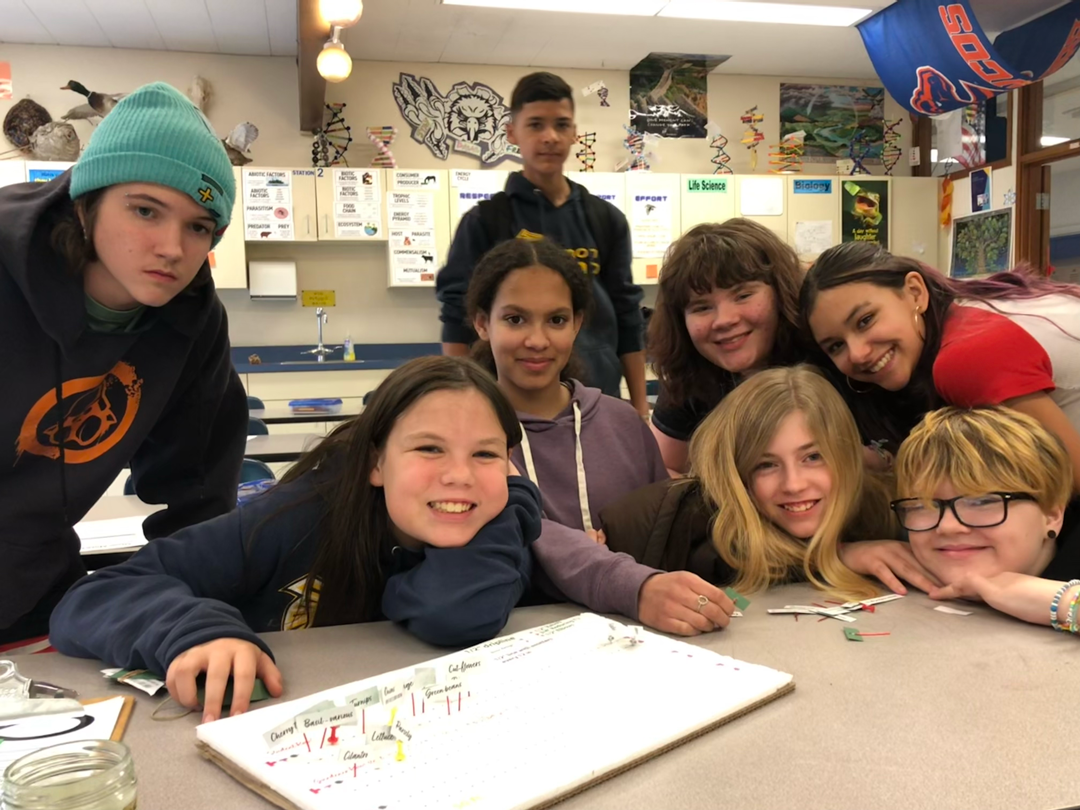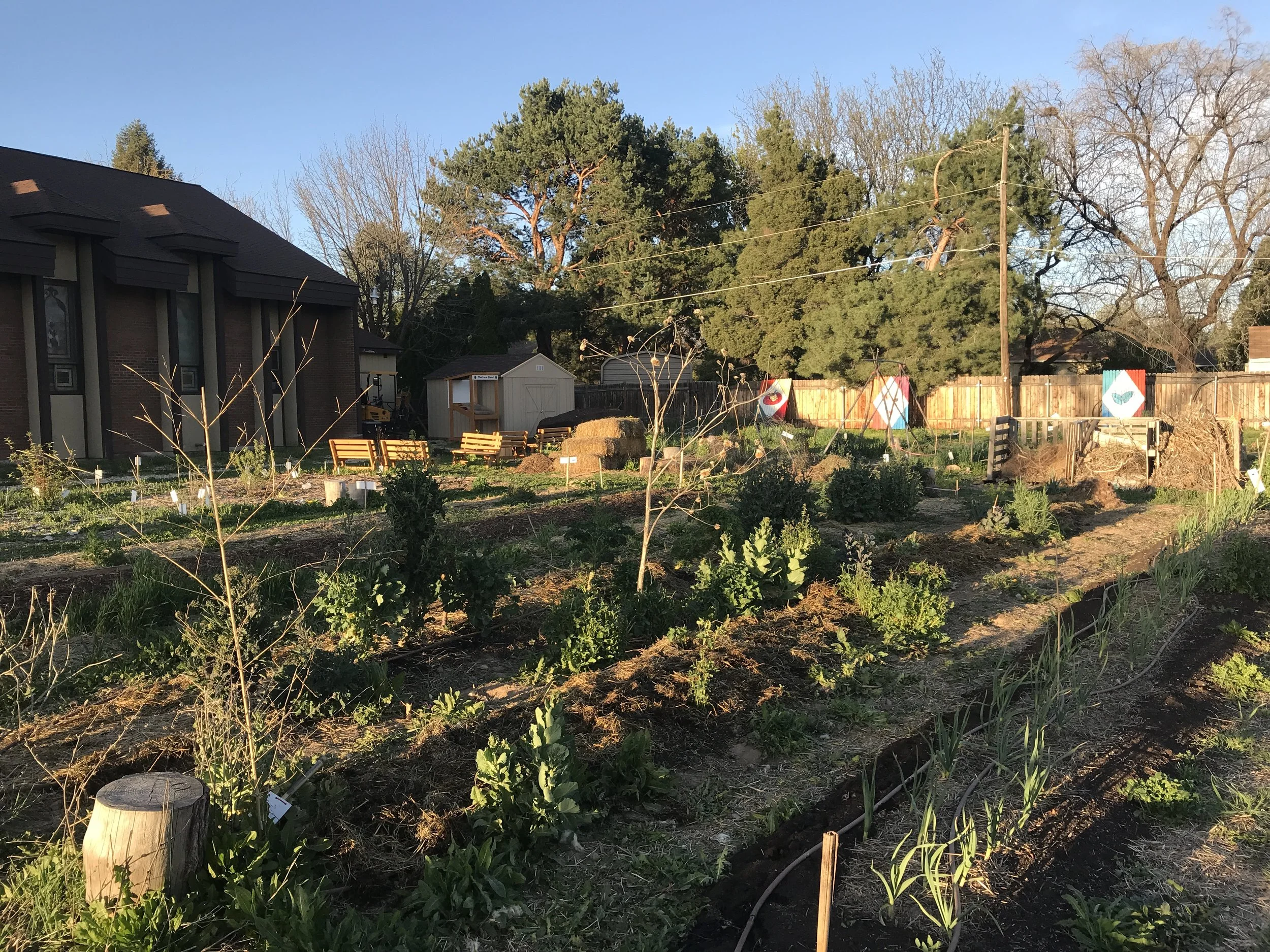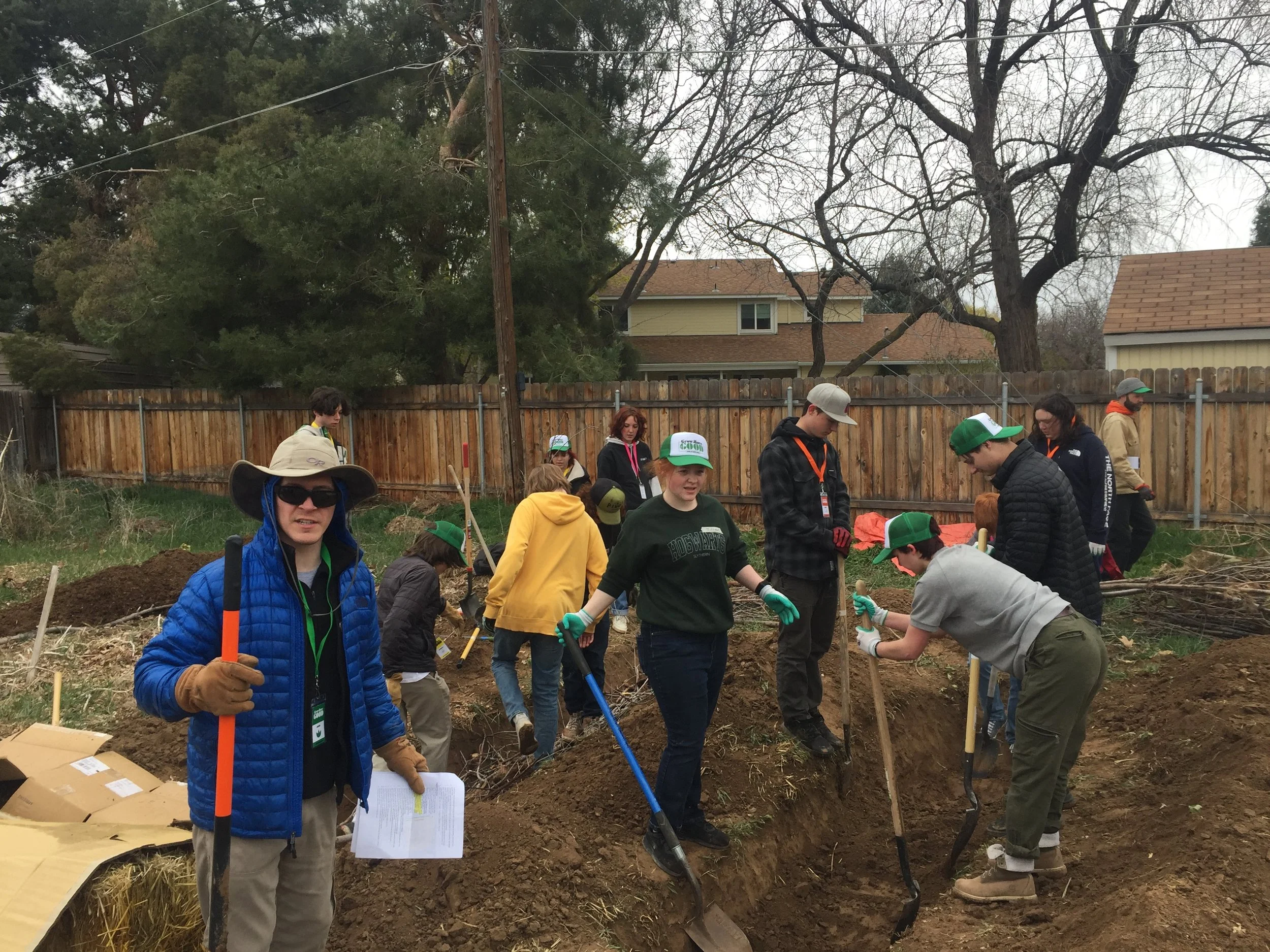
Mimicking Nature | Hügelkulture
How a High School and Community Garden Partnership Started a Productive Growing Space in Hard-Packed Soil, Using Hügelkultur to Regenerate Soil
Hügelkultur is all about working with nature, not against it. The idea comes from the way forests naturally build their own soil over time. In our first season as the Grow More Good Garden, we grew 250-300 lb of tomatoes, in soil that had been so hard packed, rocky, and weedy, that farmers had decided to let it go fallow for a few years.
We are a public community garden that partners with area schools for in-garden learning experiences.

Victory Gardens
Both Inspiring & Worth Learning More About
During World War II, Victory Gardens were an incredible act of collective resilience, with an estimated 20 million gardens providing nearly 40% of the country’s fresh produce. The movement gave people a sense of purpose and connection.

How Serious Might Impacts to Our Food System Be?
Fruit imports from Mexico on average accounted for 20% of U.S. total fresh fruit imports in 2000. In 2020, the percentage reached 49%. For fresh vegetables, imports from Mexico on average accounted for 68% of the total U.S. imports in 2000; it increased to 72% in 2020. Canada has been supplying the U.S. with meat and dairy, along with desirable crops such as mushrooms. These statistics show that the U.S. has increasingly counted on imports for a great deal of regularly consumed foods.

Rolling Tomato’s Resourceful Impact
Rolling Tomato is an incredible resource—not just for schools, but for whole families, low-income communities, and senior residences. On our ride-along Monday, February 10, we delivered fresh produce to a community of 180 senior residents and then to the Davis St. apartments, where a community pantry supports residents of NeighborWorks’ apartment complexes.

Green Space Garden Mixer 2025 ReCap
We kicked off the event with networking and interactive stations using Garden Passports, allowing attendees to explore key topics and challenges identified in 2024. The presentation reflected on past successes while reinforcing the vital role of community gardens in food production, education, and social connection. These spaces foster sustainability and resilience but also face increasing pressures. Rising rents, higher food costs, and competing demands on time are making it harder for new leaders to take on garden management, and without broad support, some gardens have disappeared. At the same time, there is growing interest in school gardens as part of green space education and a deeper recognition of how community gardens intersect with climate resilience, food systems, and social justice. As interest grows, so does the need for stronger networks and resources to ensure these spaces continue to thrive.


Spring Gardeners’ Newsletter
April is a great time to start seeds indoors and get a jump on the gardening season. For some of us it’s round 2 or 3 of seed starting indoors. We are about 5-6 weeks out from the last frost in our growing zone. Starting seeds indoors can be a great way to extend the gardening season by giving your plants a head start. For Fall Garden plans, you may want to consider extending your waves of indoor seed starting into May and June. In so doing, you can shelter cold-loving long day-to-maturity crops from the high temps we’ve already gotten a taste of.

10 Garden Preparation Tips
With spring rapidly approaching, we would like to share 10 tips to prepare and maximize all gardens throughout the valley.
Our growing season varies from year to year, but May 10th to October 10th are usually considered as the average dates of first and last frost. The valley is in different USDA growing zones, generally 7 in the low-lying areas, 6 in the foothills. These zones refer only to the lowest expected temperature in winter, zone 7 meaning to 0 degrees, zone 6 to minus 10 degrees Fahrenheit. It’s quite possible to grow plants rated to higher zones than zones 7, if you find a place in your yard that is sheltered from frost and wind.

2024 Community Gardens Check In
This year I have been conducting a deeper check-in than we have in the past, in part to develop a deeper understanding of where the community gardens that became a part of our network in 2020-2022 are at.
In the community gardens I’ve been able to connect with so far, the findings have included the reality that we have some gardens that are still going strong, and at least 3 that have not continued for the past 1-2 seasons, in some cases due to not having a garden manager, or, enough interested gardeners in the community to utilize the space the landowner made available for this.
I believe there is a practical solution to address this.